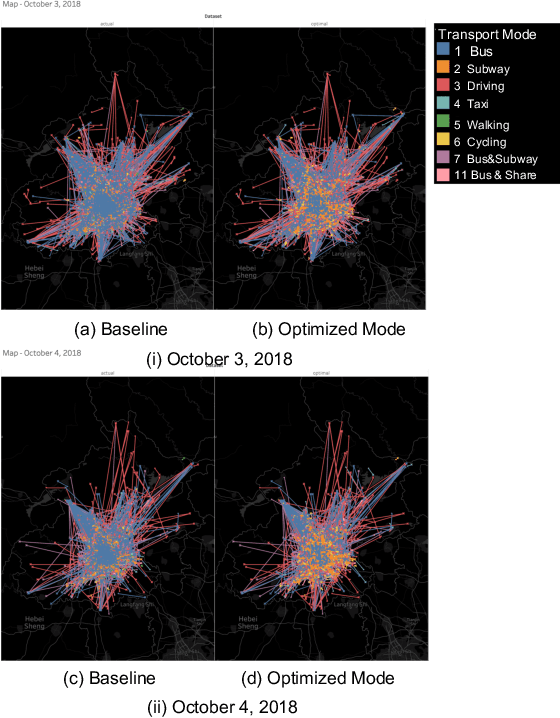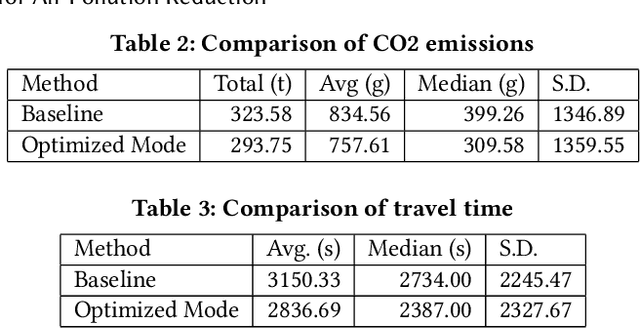Tsukasa Demizu
HPE-CogVLM: New Head Pose Grounding Task Exploration on Vision Language Model
Jun 04, 2024Abstract:Head pose estimation (HPE) task requires a sophisticated understanding of 3D spatial relationships and precise numerical output of yaw, pitch, and roll Euler angles. Previous HPE studies are mainly based on Non-large language models (Non-LLMs), which rely on close-up human heads cropped from the full image as inputs and lack robustness in real-world scenario. In this paper, we present a novel framework to enhance the HPE prediction task by leveraging the visual grounding capability of CogVLM. CogVLM is a vision language model (VLM) with grounding capability of predicting object bounding boxes (BBoxes), which enables HPE training and prediction using full image information input. To integrate the HPE task into the VLM, we first cop with the catastrophic forgetting problem in large language models (LLMs) by investigating the rehearsal ratio in the data rehearsal method. Then, we propose and validate a LoRA layer-based model merging method, which keeps the integrity of parameters, to enhance the HPE performance in the framework. The results show our HPE-CogVLM achieves a 31.5\% reduction in Mean Absolute Error for HPE prediction over the current Non-LLM based state-of-the-art in cross-dataset evaluation. Furthermore, we compare our LoRA layer-based model merging method with LoRA fine-tuning only and other merging methods in CogVLM. The results demonstrate our framework outperforms them in all HPE metrics.
Simulating the Effects of Eco-Friendly Transportation Selections for Air Pollution Reduction
Sep 14, 2021



Abstract:Reducing air pollution, such as CO2 and PM2.5 emissions, is one of the most important issues for many countries worldwide. Selecting an environmentally friendly transport mode can be an effective approach of individuals to reduce air pollution in daily life. In this study, we propose a method to simulate the effectiveness of an eco-friendly transport mode selection for reducing air pollution by using map search logs. We formulate the transport mode selection as a combinatorial optimization problem with the constraints regarding the total amount of CO2 emissions as an example of air pollution and the average travel time. The optimization results show that the total amount of CO2 emissions can be reduced by 9.23%, whereas the average travel time can in fact be reduced by 9.96%. Our research proposal won first prize in Regular Machine Learning Competition Track Task 2 at KDD Cup 2019.
 Add to Chrome
Add to Chrome Add to Firefox
Add to Firefox Add to Edge
Add to Edge